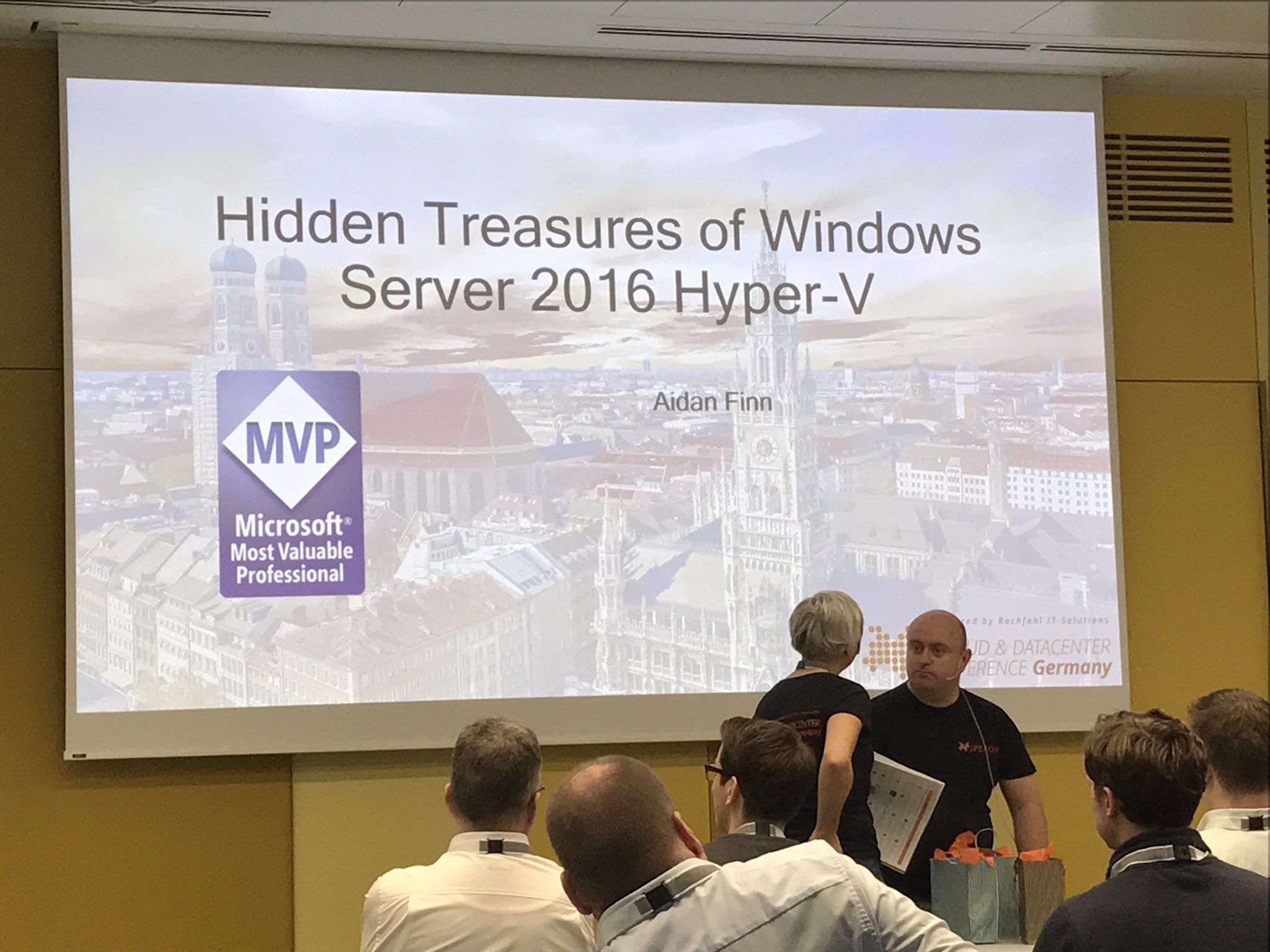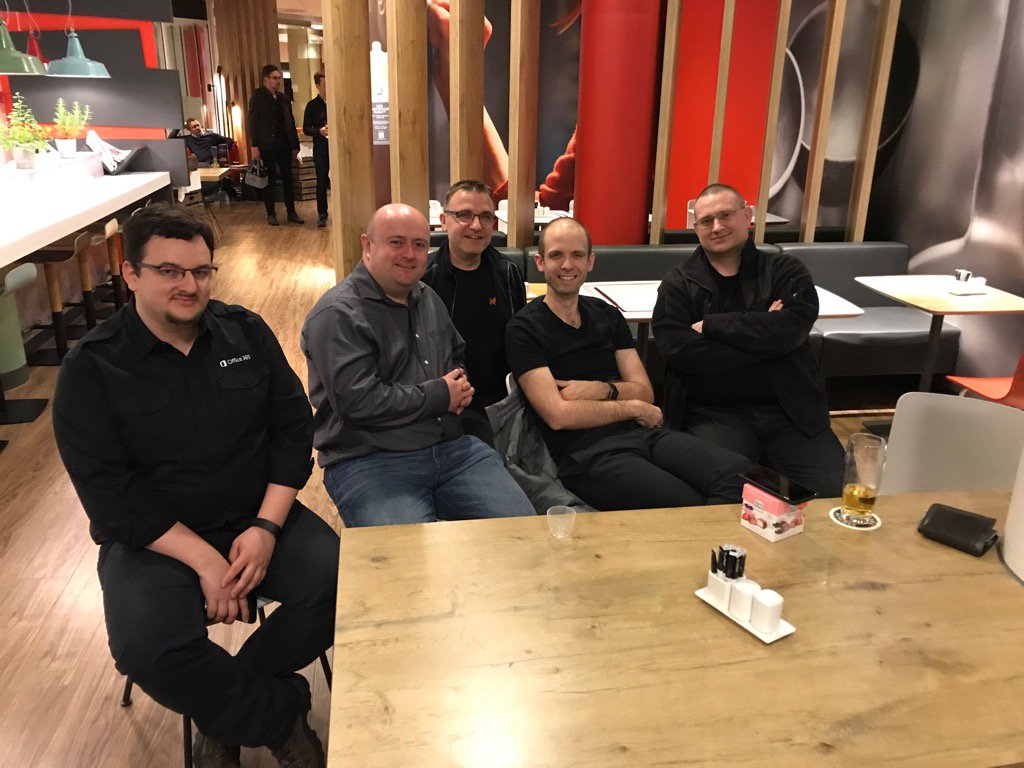There is no doubt that we are living in interesting times. It feels a little “Resevoir Dogs” in Europe these days: “There are threats to the east, threats to the west, and we’re stuck in the middle EU”. Those threats from the west have degraded trans-Atlantic trust more than any time in history. European organisations are starting to question the use of American-owned clouds from Microsoft, Amazon, Google, and others. Could this lead to them treating those clouds like some are demanding NATO members to cancel F-35 fighter jet orders?
I am not a political commentator. I have personal opinions, and I don’t intend to force them on you. This post is going to discuss how things are – we can agree to disagree on the why’s, the who’s etc.
The Threats
I don’t really know the awareness levels of this topic across the world, so I’m going to cover it very briefly.
Russia
Eastern European companies have a huge fear of Russia. I wasn’t all that familiar with the level of preparation/fear until recently. Countries like the Baltic states and Finland have been ready for many years – Finland since Russia invaded during WW2 and the Baltic states since they got their independence from the USSR.
If past patterns repeat (and history tells us that they will), Russia will re-arm once peace is negotiated in Ukraine. Russia will then look elsewhere – The Baltic states, or Georgia again, or who knows.
The USA
The USA has shattered all kinds of trust since January of this year:
- Making demands to take Greenland, a territory of Denmark.
- Threatening a trade war with the EU.
- Rejecting various treaties that were signed by the USA, including some that were negotiated by Donald Trump (the trade agreement with Canada, for example).
- Cancelling supplies of military hardware to Ukraine.
- Cosying up to Russia and adopting the talking points of the Russian government.
Several NATO members have contracts in-place to purchase the F-35 fighter jet from the USA. Many in those countries are calling for those contracts to be torn up because they cannot trust that the USA will continue to supply parts for the maintenance-heavy F-35.
A change of government in the USA will not return trust – a new president might enter 4 years after the change and tear up treaties all over again. There is no respect for existing treaties anymore.
IT Relevance
In the IT world, we have two fears regarding the USA:
- The USA could tear up treaties regarding data privacy – we could see the USA demanding access to private EU data that is hosted by American-owned cloud services.
- An escalation of political or even military events might lead to the USA ordering that US-owned cloud services terminate access for European customers. We have to remember that many decisions are now emotional, not logical.
What Is Happening Now?
There has been a little bit of chatter about not using the USA-owned hyper-scalers. I wondered about this and I ran a poll on LinkedIn. I know that this kind of poll is far from scientific: my audience is skewed and the pool of respondents was small.
I posted the poll after the disastrous press conference with Ukraine’s President Zelenskyy and Donald Trump. I asked Europeans to answer if their organisations were considering not using USA-owned cloud services.

Honestly, I though that few would vote Yes. I was surprised to see that 60% of respondents said that the were considering only using non-USA cloud services.
Wired ran a story, Trump’s Aggression Sours Europe on US Cloud Giants, where they reported that:
The global backlash against the second Donald Trump administration keeps on growing. Canadians have boycotted US-made products, anti-Elon Musk posters have appeared across London amid widesprad Tesla protests and European officials have drastically increased military spending as US support for Ukraine falters. Dominant US teach services may be the next focus.
The article goes on to explain that some organisations are:
- Pulling back from the likes of Azure/etc and choosing on-premises platforms or European-owned “cloud” operators.
- Cancelling plans to move to hyperscale clouds.
Don’t get me wrong – this is not an avalanche. This is a few organisations today. But will that change? Will it become a flood?
What Are The Options?
If you believe that USA-owned clouds are not a viable future then I would argue that USA-owned IP also is not viable. For example, Windows and VMware would not be viable because a US government could order the termination of support (tech support, updates including security fixes, upgrades, etc) for specific countries or regions.
I hate to admit it: the city of Munich might have been ahead of their time. Munich decided to star the journey to dump Microsoft software and shift to opensource back in 2004. I, like many others, laughed at that concept. And history proved that we were probably right – the journey would be expensive and very difficult thanks to a legacy of Windows-based applications and a huge dependency on a diverse ecosystem of Windows-based applications. The journey was a rollercoaster and one can argue that it was a failure. But maybe, just maybe they were right but:
- For the wrong reasons
- They were 20 years too early
I would argue that the EU needs to establish a native IT ecosystem that is independent of the USA. That means:
- Creating an EU Linux distro.
- Funding a Manhattan Project style project to R&D relevant technologies and services in cooperation with suitable tech expert corporations from the EU. This will result in the construction of cloud-scale data centers with minimally viable software-defined services to enable migration from existing cloud services.
Will this happen? I don’t know. I have little faith in politicians of any background. They are usually self-interested and slow to enact painful change.
I think change is required, and I believe that change will be expensive and disruptive. I hate that it’s necessary. I’ve built a career on the Microsoft stack. I truly believe that Microsoft means the best – note that Satya Nadella is one of the few tech giant CEOs not to be visibly supporting the current administration in the USA. Microsoft is stuck between a rock and a hard place. They cannot be seen to be critical of Donald Trump because they would find their government contracts being cancelled – despite all of the damage that would cost to the USA. And they cannot openly support the administration because of the inevitable reactions from their diverse staff and their global customers. But here we are. Let’s see how things progress.

























